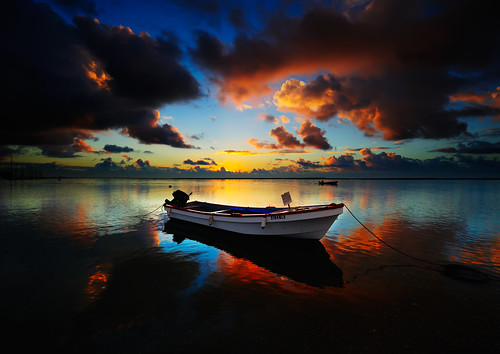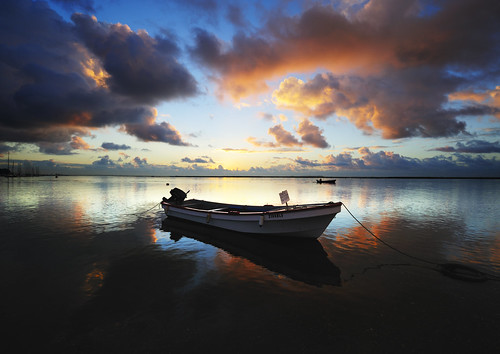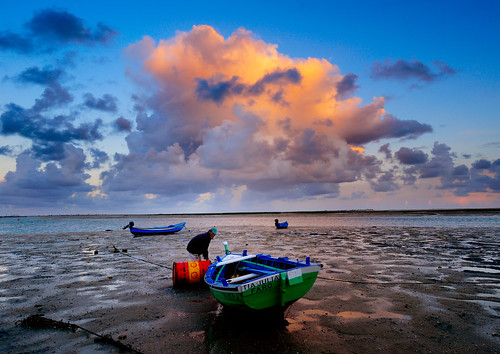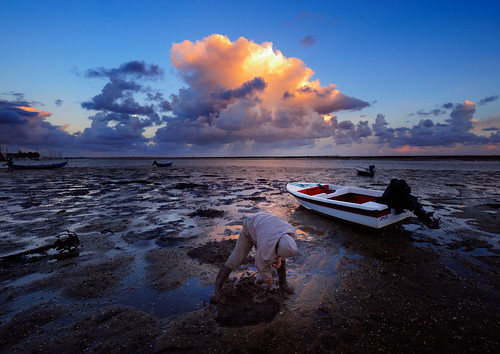

Such is the prejudice against post processing, or "Photoshopping" as dim and ignorant people call it, that most shooters will prefer the plain version. Yet I've never seen the plain version anywhere, and the other one has been nicked and put everywhere.
In point of fact everything is post processed. When you take a picture, if you are shooting in JPG, then the JPG engine in your camera will apply what it thinks of as the correct amount of saturation, sharpening, contrast etc. On more expensive cameras you can change these settings. That's effectively post processing. If you shoot RAW, then you can change the settings after you've seen the shot. Post Processing. The colourful shot above was processed in Nikon Capture NX. This is a version of the camera JPG engine in software. If I'd whacked up the saturation on the back of the camera, then the shot would, according to some people, not have been post processed. Because I did it afterwards, on the computer, that's cheating, apparently.


